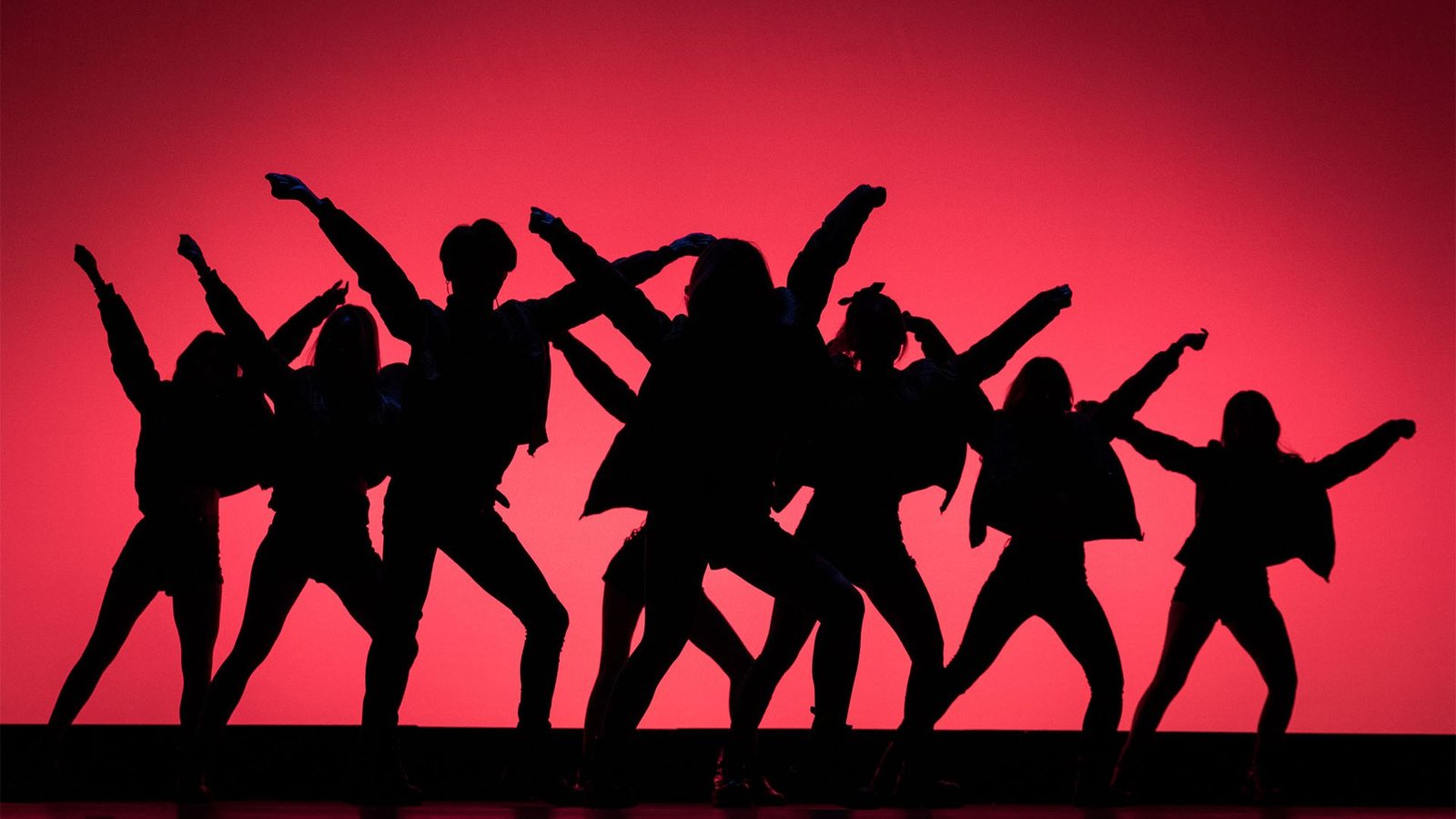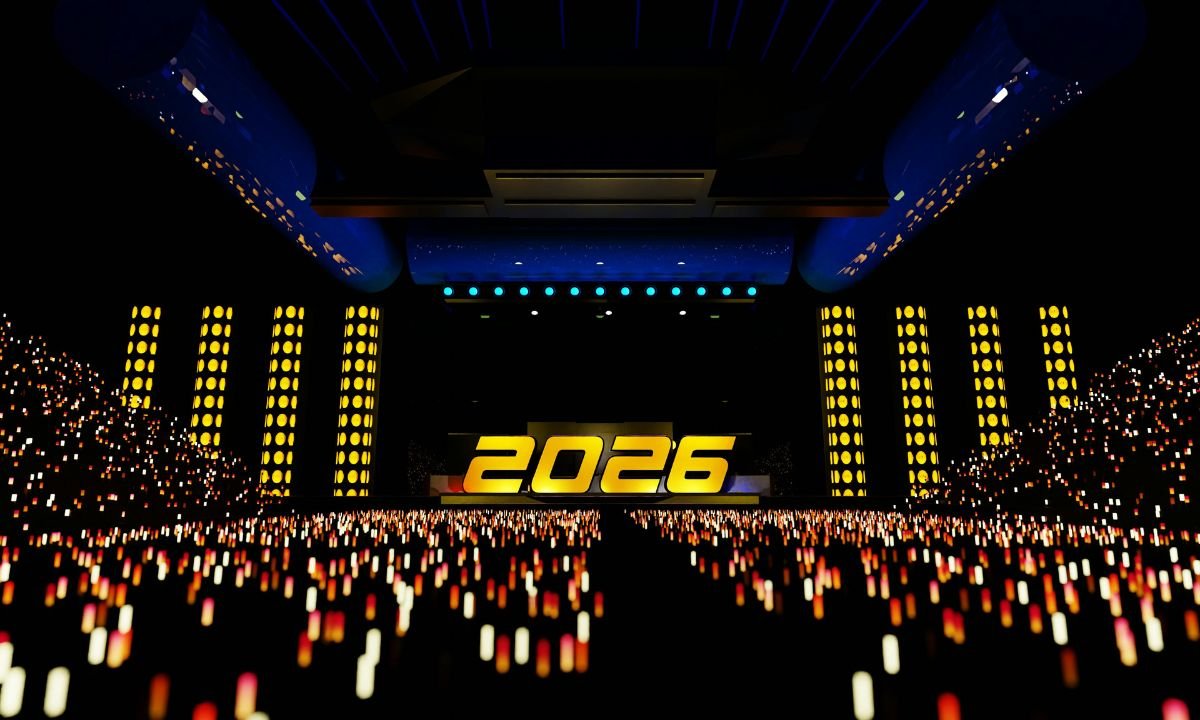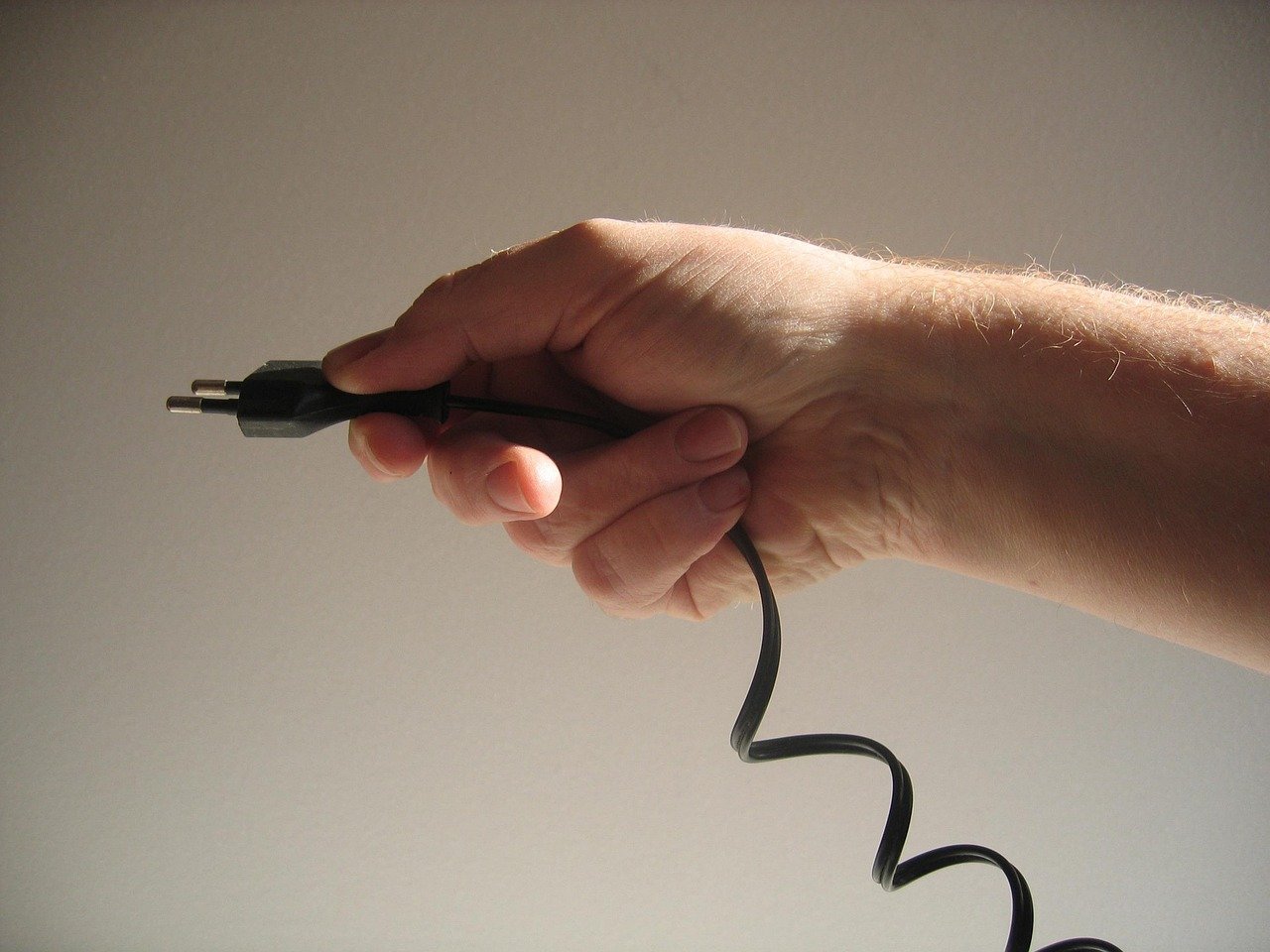Dance costumes transform performers into storytellers, athletes, and living art. They transcend mere clothing, acting as essential tools that shape every performance. From ancient rituals to modern stages, these garments amplify emotion, define character, and enable breathtaking physicality. Without them, dance loses a vital layer of meaning and visual power.
The Dual Role: Function and Expression
Dance costumes uniquely balance practicality with artistry. They must withstand rigorous movement while visually communicating themes. For example, ballet tutus use stiff tulle to create ethereal silhouettes, allowing leaps and turns. Similarly, flamenco dresses feature heavy ruffles that accentuate sharp heelwork and dramatic spins. Functionality includes breathable fabrics, secure fastenings, and flexible seams. Expressively, colors like fiery red convey passion, while flowing blue fabrics might evoke water or melancholy. Therefore, designers meticulously select materials and cuts to serve both the dancer’s body and the narrative.
Storytelling Through Fabric and Color
Costumes instantly signal a character’s identity or emotional arc. In Swan Lake, the villainess Odile wears black feathers contrasting with Odette’s white, symbolizing deception versus purity. Similarly, contemporary pieces might use shredded fabrics to represent turmoil or glittering sequins for joy. Colors psychologically impact audiences: gold suggests divinity, green implies nature, and stark white can mean innocence or loss. Moreover, textures add depth—velvet for royalty, burlap for poverty. This visual shorthand lets dancers convey complex stories without words.
Cultural Narratives in Traditional Dance Costumes
Traditional attire preserves heritage and spiritual beliefs. Nigeria’s Egungun masqueraders wear multilayered, vibrant robes representing ancestral spirits. Each fabric scrap symbolizes a community member’s prayer. Conversely, India’s Kathakali uses oversized skirts, intricate facial masks, and vivid makeup to depict mythological heroes and demons. The table below highlights key differences:
| Feature | Egungun (Nigeria) | Kathakali (India) |
|---|---|---|
| Purpose | Ancestor veneration | Mythological storytelling |
| Materials | Assorted fabrics, beads | Silk, brocade, rice paste |
| Colors | Multicolored, symbolic | Symbolic (e.g., green = nobility) |
| Movement Impact | Swirling layers create mystery | Stiff skirts emphasize footwork |
These costumes aren’t decorative; they’re sacred vessels of cultural memory.
Movement and Comfort: Designing for Dance
A costume must never hinder motion. Designers prioritize stretch fabrics like spandex for high-energy styles such as hip-hop or contemporary. Conversely, ballroom gowns incorporate weighted hems to enhance twirls without tangling. Key considerations include:
- Breathability: Moisture-wicking fabrics prevent overheating.
- Durability: Reinforced seams endure splits and lifts.
- Safety: Secure closures avoid wardrobe malfunctions.
For instance, aerial dancers need durable, non-snag materials to avoid equipment interference. Ultimately, comfort empowers dancers to execute choreography flawlessly.
Unifying the Ensemble: Team Identity on Stage
Uniform costumes create visual harmony, turning individuals into cohesive units. Think of synchronized swimmers’ matching sequined suits or corps de ballet’s identical tutus. This unity directs focus to group patterns rather than soloists. Additionally, slight variations can denote hierarchy—soloists might wear brighter hues or added embellishments. In musical theater, ensemble members often share a base costume with minor accessories differentiating characters. Consequently, audiences instantly recognize relationships and group dynamics.
The Visual Spectacle: Captivating the Audience
Dazzling costumes amplify dance’s wow factor. Sequins catch light during spins, while LED-embedded fabrics create futuristic effects. Projection mapping can even transform skirts into moving canvases. For example, in Aladdin’s Broadway production, Genie’s quick-change costumes use magnets and Velcro for instant transformations. Such elements immerse viewers, making performances unforgettable. Below, common attention-grabbing techniques:
| Technique | Effect | Dance Style Example |
|---|---|---|
| Light-Reflective | Enhances movement under spotlights | Ballroom, Bollywood |
| Layering | Adds depth for spins/twirls | Ballet, Contemporary |
| Asymmetry | Creates dynamic visual lines | Modern, Jazz |
Materials and Construction: Behind the Seams
Costume longevity hinges on fabric choices and stitching. Designers match materials to dance demands:
| Material | Best For | Limitations |
|---|---|---|
| Stretch Velvet | Flexibility + luxury | Heavy, hot |
| Metallic Mesh | Lightweight shimmer | Snags easily |
| Cotton Lycra | Breathable everyday wear | Lacks formal sheen |
Tailoring techniques matter too. Flatlock seams prevent chafing, while elasticized waists accommodate movement. Furthermore, biodegradable glitters and recycled fabrics are rising trends, blending sustainability with sparkle.
READ ALSO: Amazigh: North Africa’s Indigenous Culture and Resilience
Care and Maintenance: Keeping Costumes Performance-Ready
Proper upkeep preserves costumes. Always hand-wash delicate items like beaded leotards. For stubborn stains, use vinegar solutions instead of bleach. Store garments in breathable garment bags away from sunlight. Importantly, repair loose sequins or tears immediately to prevent further damage. Consequently, well-maintained costumes last through countless recitals.
How to Get Your Dance Costumes
Acquiring the right outfit involves key steps. First, determine your dance style’s requirements—ballet demands different features than tap. Next, measure accurately; ill-fitting costumes restrict movement. Then, research reputable retailers or local designers. Alternatively, thrift stores offer affordable options for practice wear. Finally, consult instructors before purchasing; their insight ensures costumes meet performance standards. Remember, investing in quality pieces enhances both comfort and confidence on stage.
The Future of Dance Costumes
Innovations are reshaping design. 3D printing creates custom headpieces and shoes, while smart textiles embed sensors that trigger light or sound with movement. Augmented reality (AR) now allows digital overlays on physical costumes—imagine a flamenco dress “bursting into flames” during a climax. Sustainability also drives change, with brands like EcoDance using ocean plastics to create performance fabrics. These advances promise even more immersive and eco-conscious experiences.
Conclusion
Dance costumes are far more than decorative attire. They embody cultural legacies, enable artistic expression, and solve practical challenges of movement. From the sacred robes of Egungun to the high-tech suits of contemporary troupes, these garments elevate storytelling and unite performers. As materials and technologies evolve, they’ll continue to captivate audiences and empower dancers, proving that every sequin, stitch, and swath of fabric is magic woven into motion.
FAQs
1. Why can’t dancers wear regular clothes for performances?
Regular clothes often restrict movement and lack thematic symbolism. Dance costumes enhance flexibility, durability, and visual storytelling.
2. How do costumes affect a dancer’s performance?
Well-designed costumes boost confidence and mobility. Conversely, poorly fitted ones cause distractions or injuries.
3. What’s the most important factor in choosing a costume?
Prioritize comfort and functionality. A costume must support movement while aligning with the performance’s theme.
4. How can I find sustainable dance costumes?
Look for brands using recycled materials, or repurpose vintage pieces. Also, donate old costumes to reduce waste.
5. Where should I get your dance costumes as a beginner?
Start with affordable retailers like Discount Dance or local dance shops. Ensure proper fit—consult sizing charts and instructors.
YOU MAY ALSO LIKE: Coomerpqrty: The Online Community Redefining Creativity and Connection in 2024










